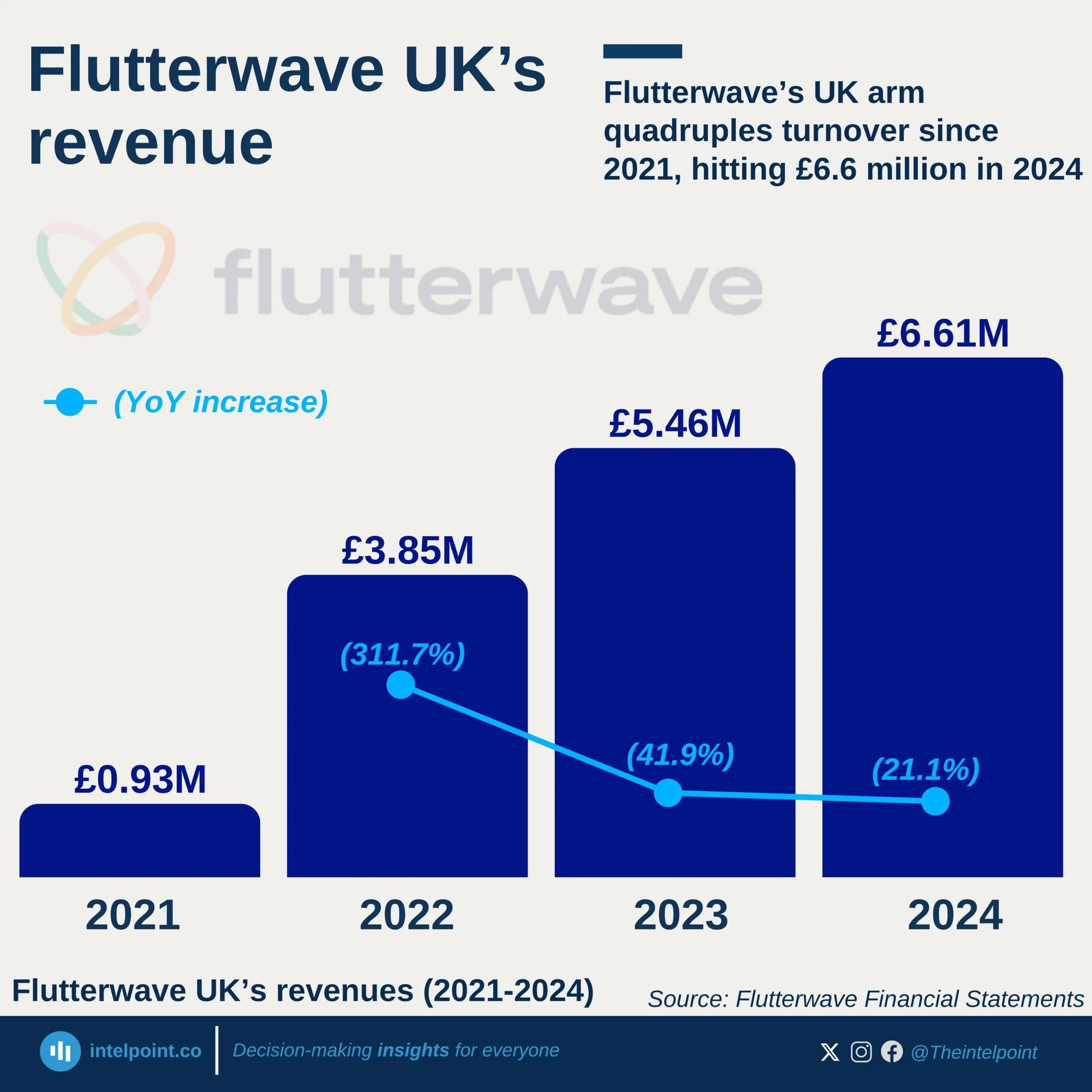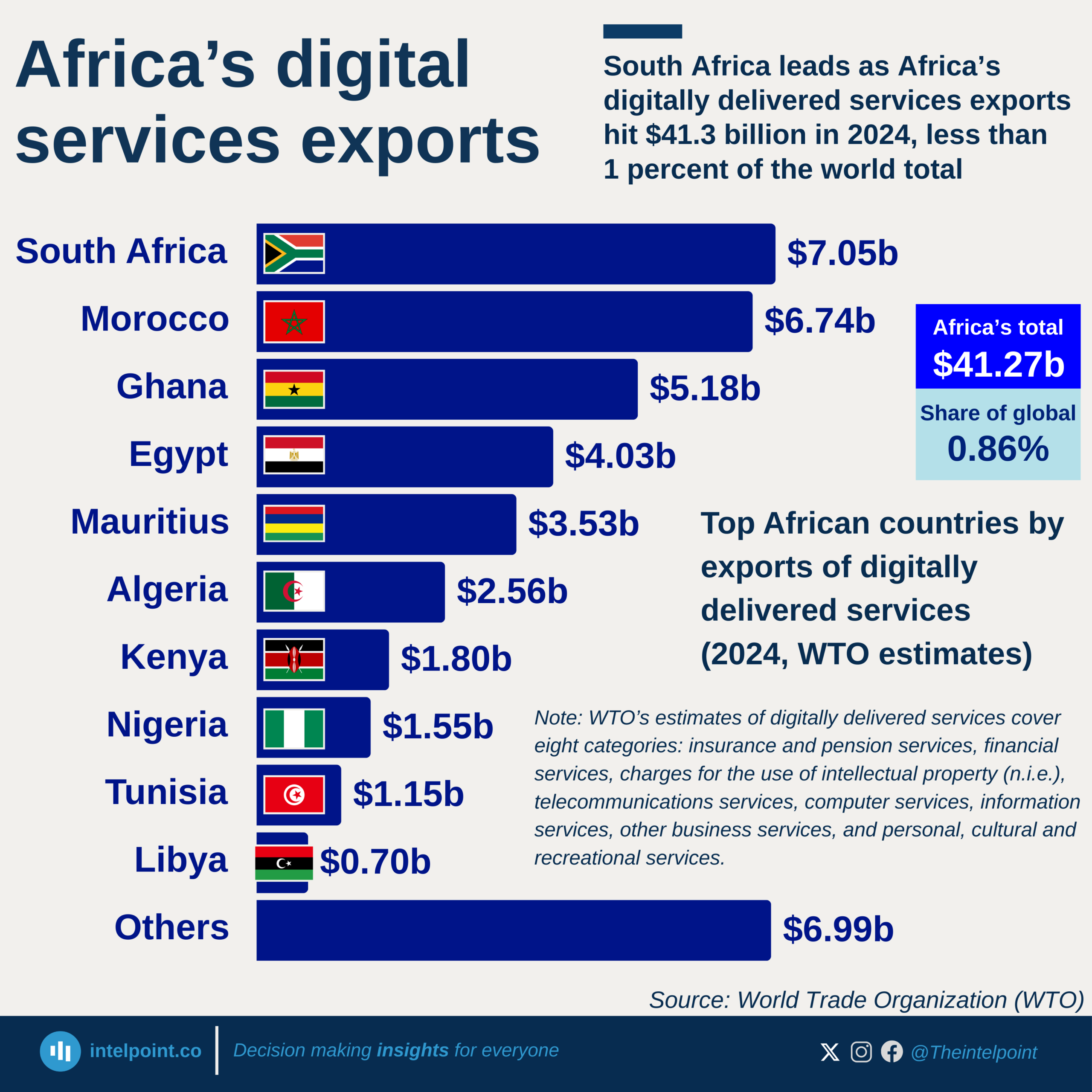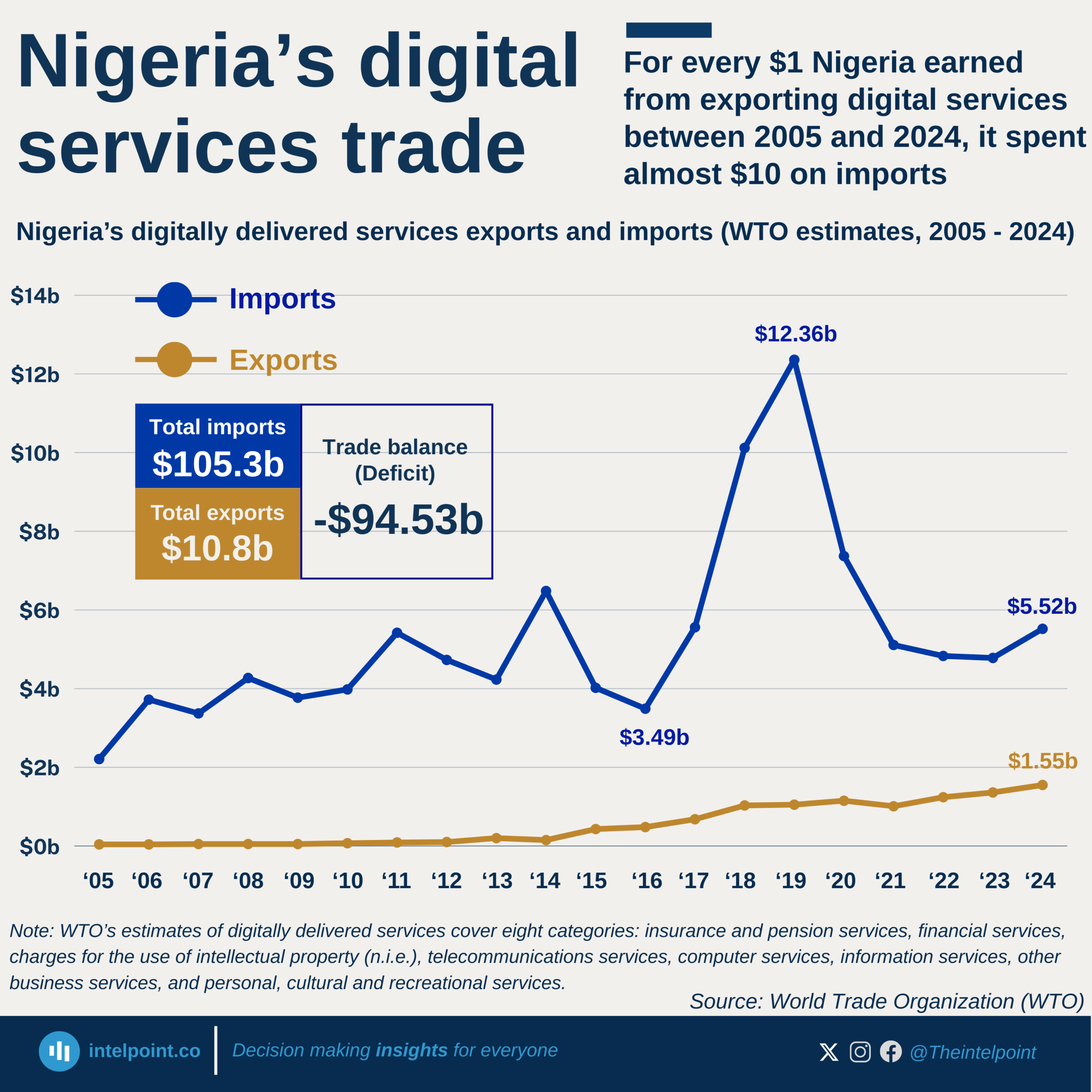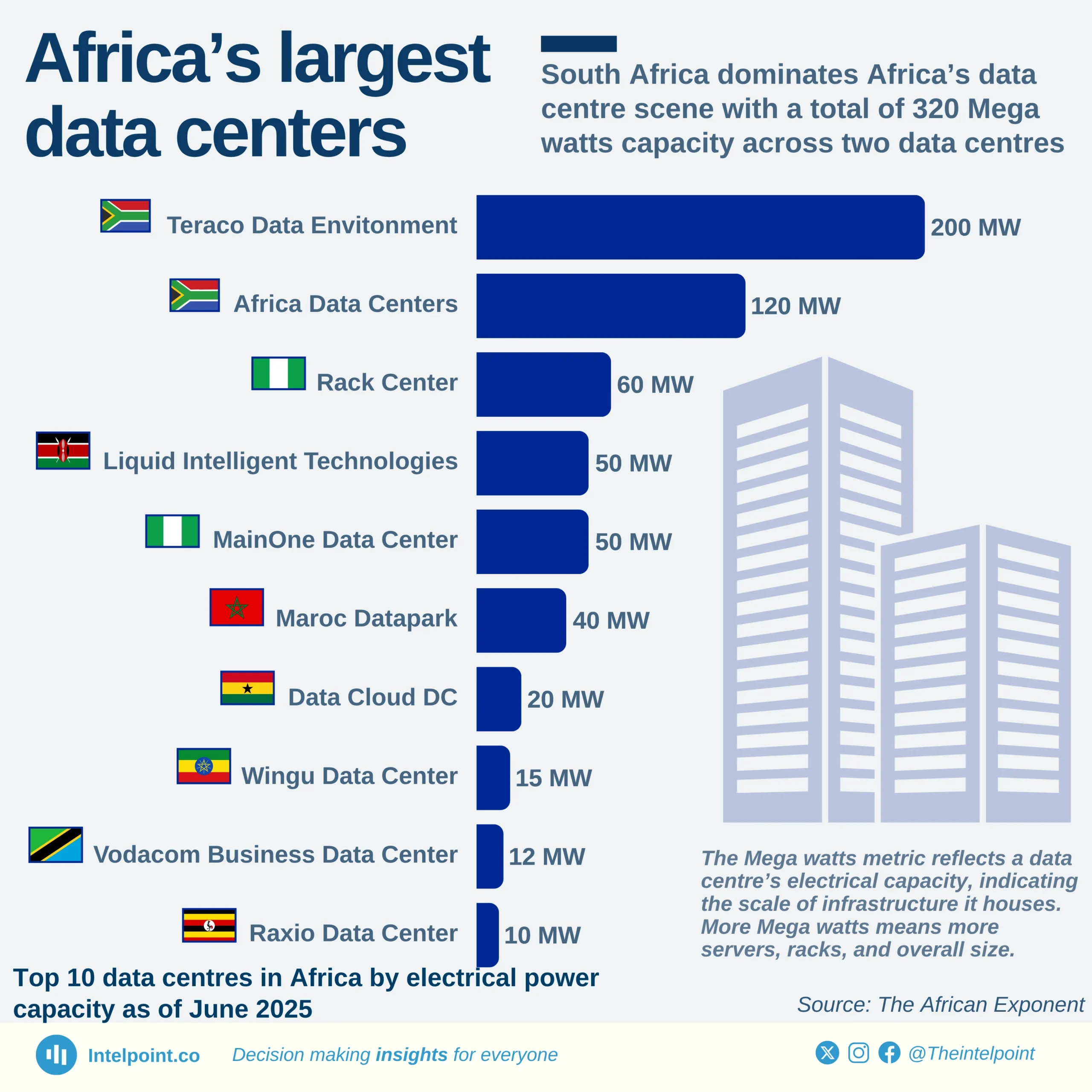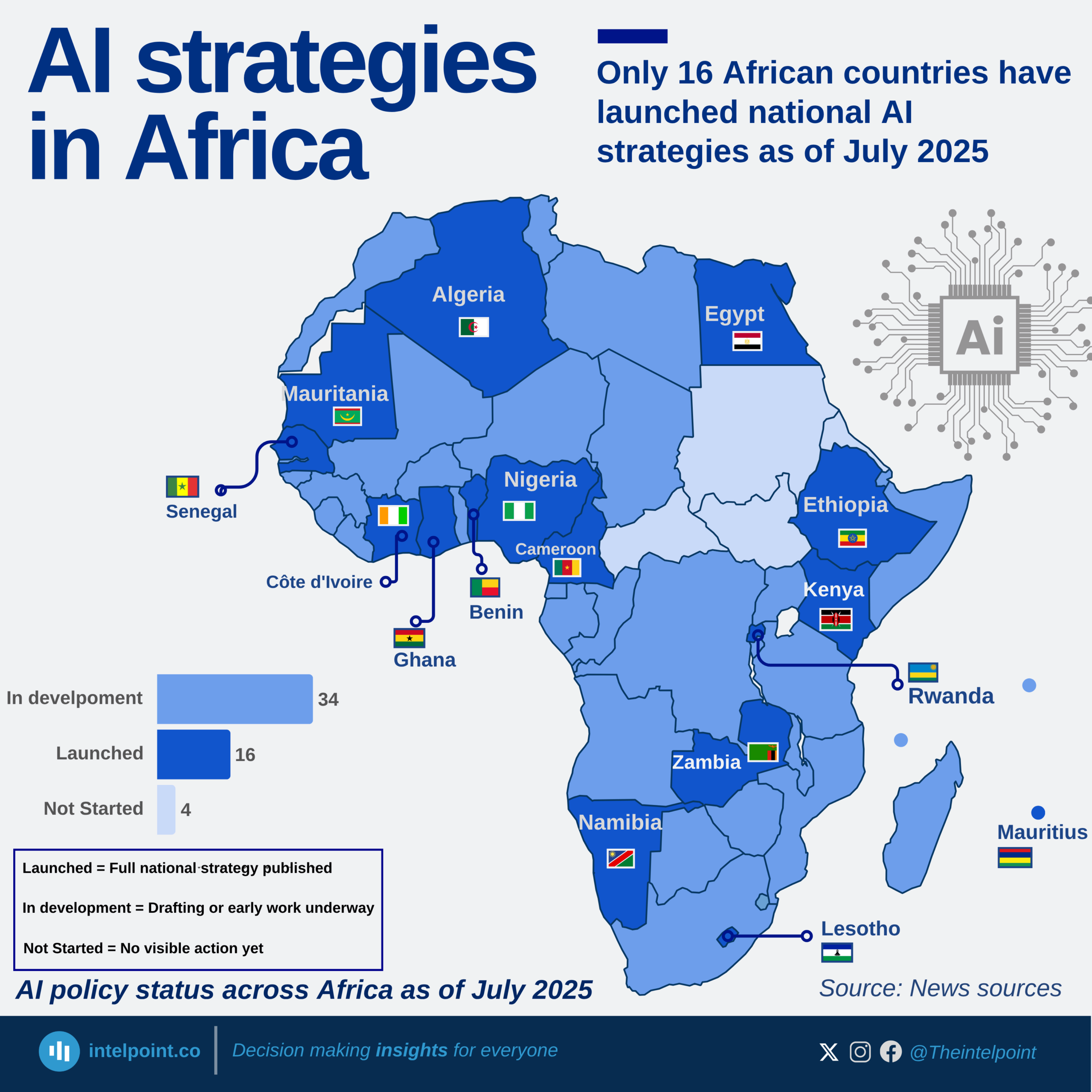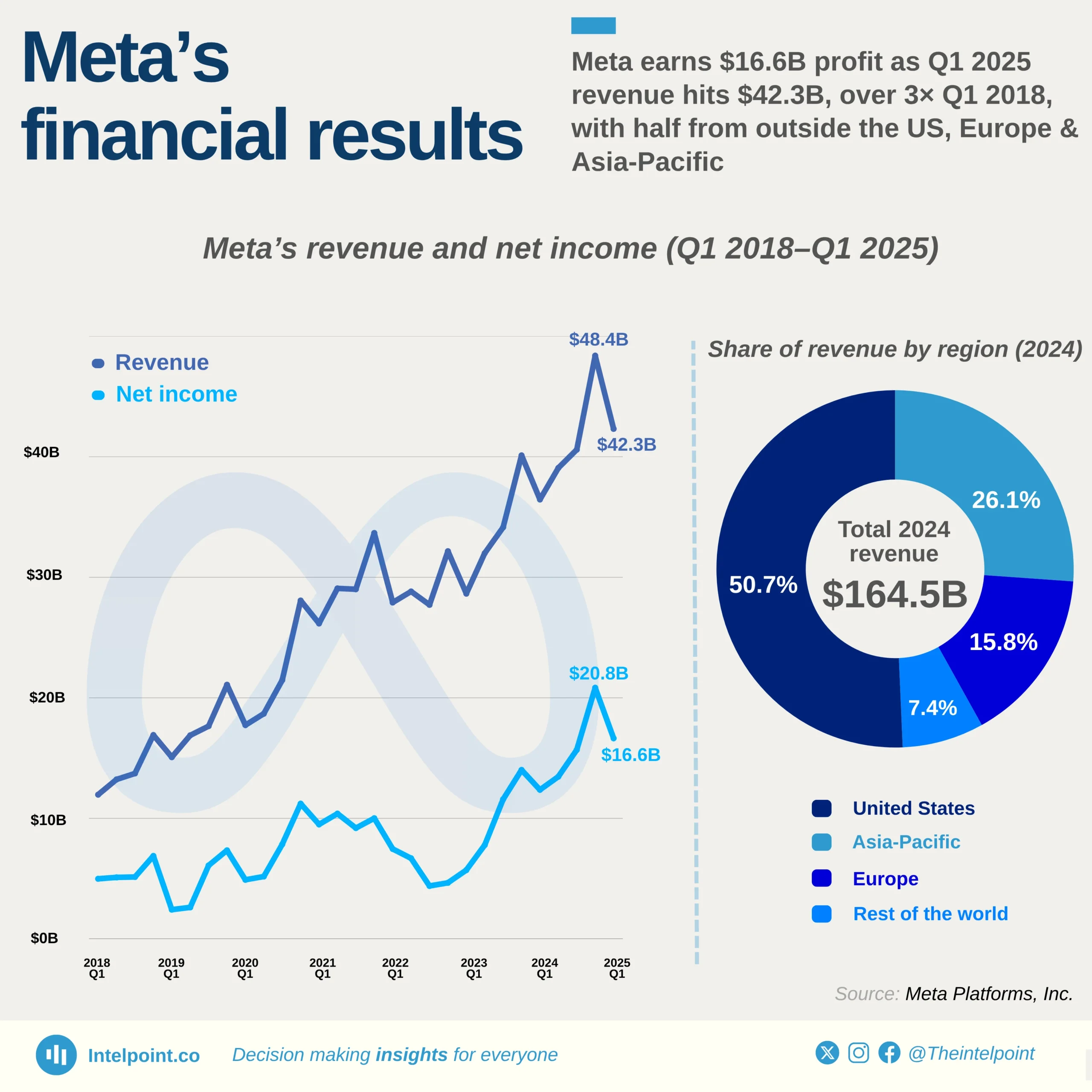In 2024, the term “You” ranked third with a surprisingly high index of 87, just one point behind “YouTube.” While “You” is likely a generic or a query meant to get other results, for example, "You" appears in related searches like YouTube (video search company), You (TV series), YouTube Music (media platform), etc. Its appearance highlights some of the unexpected patterns in global search behavior. It shows that not all top searches are for brands, services, or events—sometimes it's the ambiguous or common words that make the biggest noise online.
Behind these top queries are our daily habits and digital routines. From checking the “Weather” (index: 63) to communicating via “WhatsApp” and “Facebook” (both at 52), this reflects how deeply digital tools have embedded into our everyday lives. Even more utilitarian searches like “Translate” (49) and “News” (35) show our constant need for real-time information and connection in a fast-moving, multilingual world.
